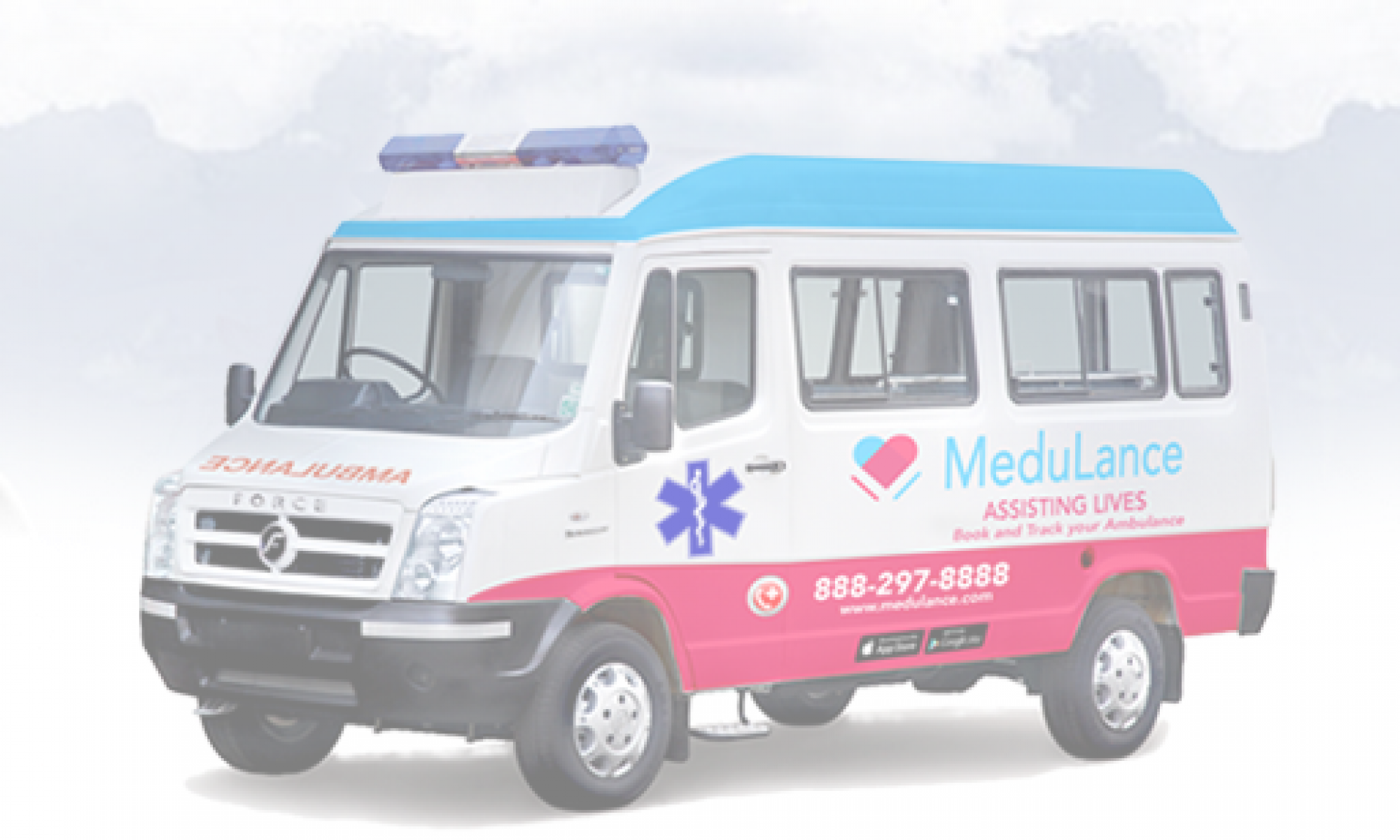On-site Medical Rooms are an excellent way to keep healthcare costs under control for the entire organization. These rooms offer preventative health medical treatment to employees at their workplace, increasing their attendance. On-site medical rooms are especially helpful in reducing the number of off-site wellbeing patient care visits.
While there are many concerns among employees as a result of the recent COVID-19 outbreak, leading to an increase in stress and anxiety issues, employees who work on-site are primarily concerned with two aspects:
- The security measures put in place at the office
- Back at home, their family’s health is in jeopardy.
In such a scenario, the presence of On-site Medical Rooms, combined with Telemedicine services, is critical in ensuring the health and safety of employees.
What are Medical Rooms for Corporate?
Medical rooms are a pleasant and advantageous way to optimize and regulate an organization’s health by ensuring the health of the company’s human resources. It is a low-cost way to deal with workplace emergencies and protect your company’s employees’ health.
Importance Of Corporate Medical Room
Employee recruitment can be a difficult and time-consuming process. Employers spend a lot of money on each employee, from advertising the job to providing training. Employees leave for a variety of reasons. The primary reason could be healthcare costs. Creating medical rooms in the workplace is the most effective way to support employee healthcare.
Employees spend the majority of their time at work. A satisfying job is beneficial to an employee’s mental health. Employees may become mentally distracted while dealing with ups and downs. Furthermore, providing health care support in the medical room around the clock will boost productivity.
Advantages Of Corporate Medical Room Setup For Employees
- Financial security
Financial security refers to the peace of mind you feel when you aren’t worried about your income is enough to cover your expenses. It also implies that you have enough money saved to cover unexpected expenses as well as your long-term financial goals.
- Reduced organizational health care expenses
With quality health care on-site, injured and sick employees can receive immediate medical care for non-emergency conditions at a quarter of the price of an emergency room.
- Improve productivity
Even if an employee’s medical visit lasts only 20 minutes, that is a relatively short time it takes to travel to and wait for a healthcare provider. When this is prohibited, it improves employees’ focus and productivity at work.
- Strengthening preventive care
Chronic condition management, including the medication effectiveness of a system to prevent complications, can be provided more effectively in an on-site medical room with easy and immediate access to care.
- Health care facilities can build trust
By providing on-site care, the employer is perceived to be concerned about the well-being of its employees, which increases employee satisfaction and engagement.
Exclusive and additional services and benefits of medical rooms:
In these perilous times, medical rooms provide additional services related to Covid-19 virus treatment in the event of an emergency:
1. Lower treatment costs through specialized and professional medical provision and equipment.
2. Relatively secure medical equipment availability (oxygen, ventilator, ICU beds, etc).
3. More secure transportation via ambulance services staffed by trained and skilled paramedics. Medical rooms cover equipped handling of emergency medical situations by providing instant ambulance service.
Effects of signing up for medical rooms:
1. It helps to ensure the business smooth operation and undisrupted workflow.
2. It reinforces the employee base and encourages greater stability and revenue growth.
3. The employee chain stays maintained.
4. It establishes a sense of belongingness, comfort, trust, loyalty, and security in the mind of employees and their families.
5. Fosters an emotional bond between the employer and the employee, which improves accountability and interpersonal understanding.
6. Encourages employees to be more task-focused and efficient.
I hope you’ve realized the significance of having a medical room at your workplace. If you’re in charge of a company and haven’t yet implemented a medical room, now might be the time.
Integrating medical rooms in the workplace is critical in this current pandemic situation. Medical rooms have several advantages, including increased employee productivity, lower healthcare costs for an organization, increased preventive care, and more. Employees can also get a clear picture of their medical condition and current illness by providing the appropriate healthcare facilities in the medical room.
